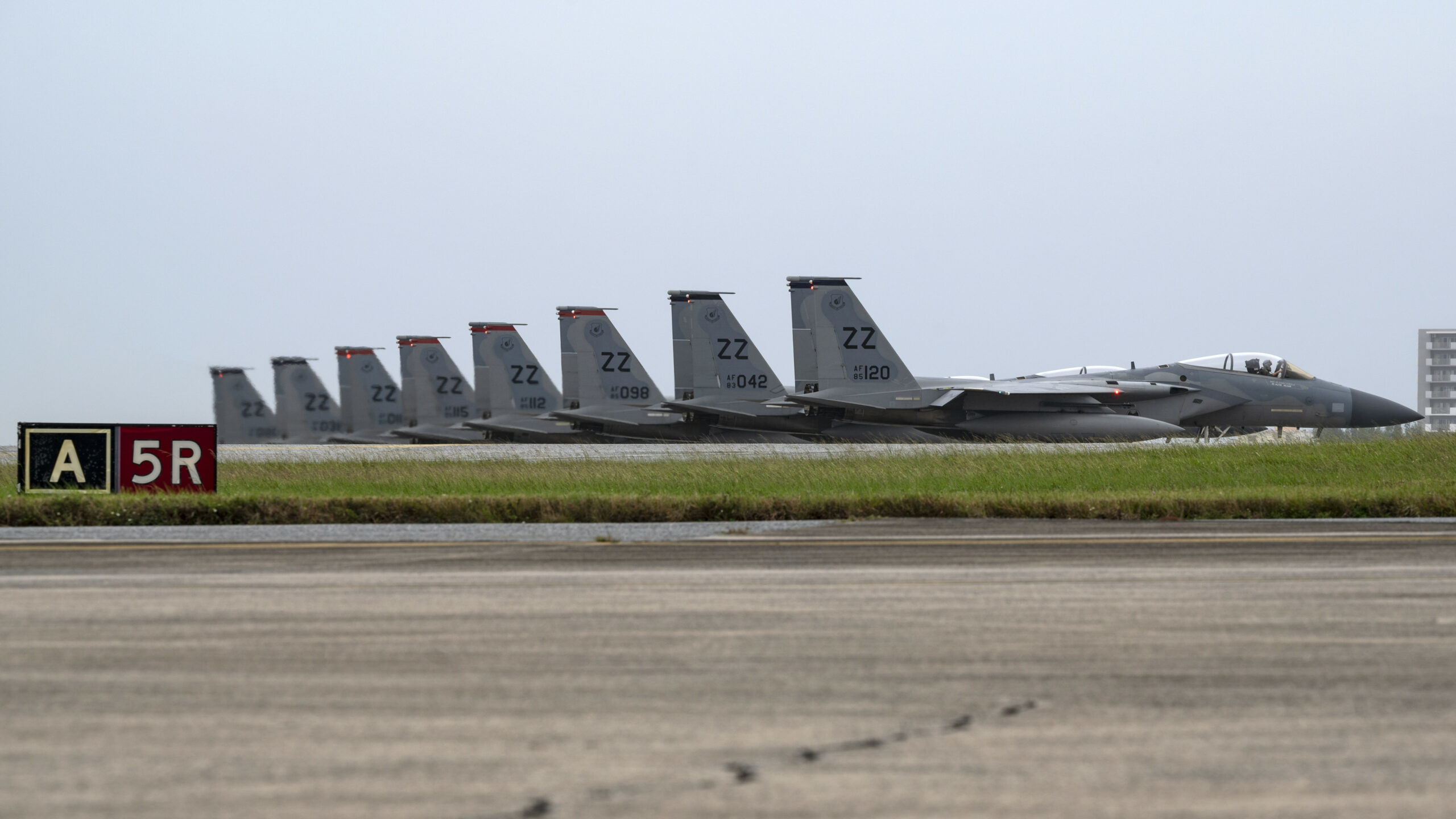Why Japan will repair US military fighters

The Tokyo government will expand its ability to provide assistance to US fighter aircraft based in Japan to strengthen bilateral defense cooperation in East Asia.
Tokyo is preparing to extend its maintenance services to include the US military's F-15 and F-16 fighters stationed in the Asian country.
This was reported by the Nikkei newspaper, underlining that Japan already takes care of the maintenance and repair of the US F-18 and F-35 fighter-bombers stationed in the country.
According to the newspaper, the maintenance of the US F-15 and F-16 will be the conglomerates Mitsubishi Heavy Industries and Ihi Corporation, which already provide similar services for the fighter aircraft of the Japanese Air Self-Defense Force.
“Japan's reluctance to take on maintenance of F15s and F16s has changed with a rethink of national security provisions in 2022 to increase domestic capacity,” Nikkei highlights.
The initiative is in line with the agreements made last month during the state trip of Japanese Prime Minister Fumio Kishida to Washington. On that occasion, US President Joe Biden and the Japanese leader outlined a series of defense and security projects.
All the details.
JAPAN'S PLANS FOR MAINTENANCE OF AMERICAN FIGHTERS
As mentioned, F-18s and the latest F-35 fighter jets stationed at US bases are currently undergoing maintenance and repairs in Japan. Now Tokyo plans to integrate the maintenance of the F-15 and F-16 by 2025. To do so, it will use Mitsubishi Heavy Industries and IHI as service providers. Both companies serve aircraft of the Japanese Air Self-Defense Force (ASDF).
EFFICIENCY AND SPEED
US F-16s and F-15s are stationed at Misawa and Kadena air bases respectively, with approximately 50 aircraft at each base as of 2022. However, these aircraft require full maintenance every few years, necessitating flights in South Korea for maintenance, explains Eurasiantimes .
While daily maintenance is carried out at the Japanese bases, the jets must be transported to South Korea for complete maintenance by Korea Air Lines. The process can take anywhere from a few days to several weeks. Therefore Tokyo wants to shorten the time and eliminate the cost of flights abroad. This expansion aims to streamline maintenance processes and reduce the costs of sending aircraft overseas for maintenance.
THE APRIL AGREEMENT BETWEEN BIDEN AND KISHIDA
This reassessment gained momentum following the conclusion of a Defense Industrial Cooperation, Acquisition, and Sustainment (DICAS) Agreement between Japan and the United States during the Japan-US Summit in April. This agreement outlines plans for the full maintenance of U.S. military aircraft within Japan's borders.
According to the Financial Times, it was a “historic summit designed to strengthen the strong US-Japan alliance as nations grow increasingly concerned about what they see as threats from China.” Precisely to face the challenges posed by Beijing, Washington and Tokyo have announced a series of initiatives aimed at strengthening military and economic cooperation between the two countries. Together with Australia, they will develop a new air missile defense system.
Furthermore, the two sides stated that a planned upgrade of their military command and control frameworks would allow for greater interoperability and planning in peacetime and during conflicts.
CHINESE ASSERTIVITY
So the service upgrade was motivated by the perception of a growing military threat from China. In the year ending March this year, the Japanese Self-Defense Forces carried out 669 scrambles of its fighter planes, of which 479 were caused by Chinese aircraft, Nikkei reports.
Around the same time, Beijing flew drones over Yonaguni Island in Japan's southernmost Okinawa prefecture and Taiwan. It also deployed bombers together with Russia over long distances over peripheral areas of Japan.
THE CONSEQUENCES
According to Eurasiantimes , by improving support and maintenance operations for U.S. military assets in Japan, response times for returning those assets to service would be significantly reduced, strengthening regional security.
The Japanese government has already taken significant steps to strengthen its defense industry, including aligning national equipment standards with those of the United States and Europe. This harmonization aims to reduce maintenance costs, expand commercial opportunities for Japanese defense companies and improve interoperability with allies.
This is a machine translation from Italian language of a post published on Start Magazine at the URL https://www.startmag.it/smartcity/perche-il-giappone-riparera-i-caccia-delle-forze-armate-usa/ on Wed, 15 May 2024 09:14:57 +0000.
